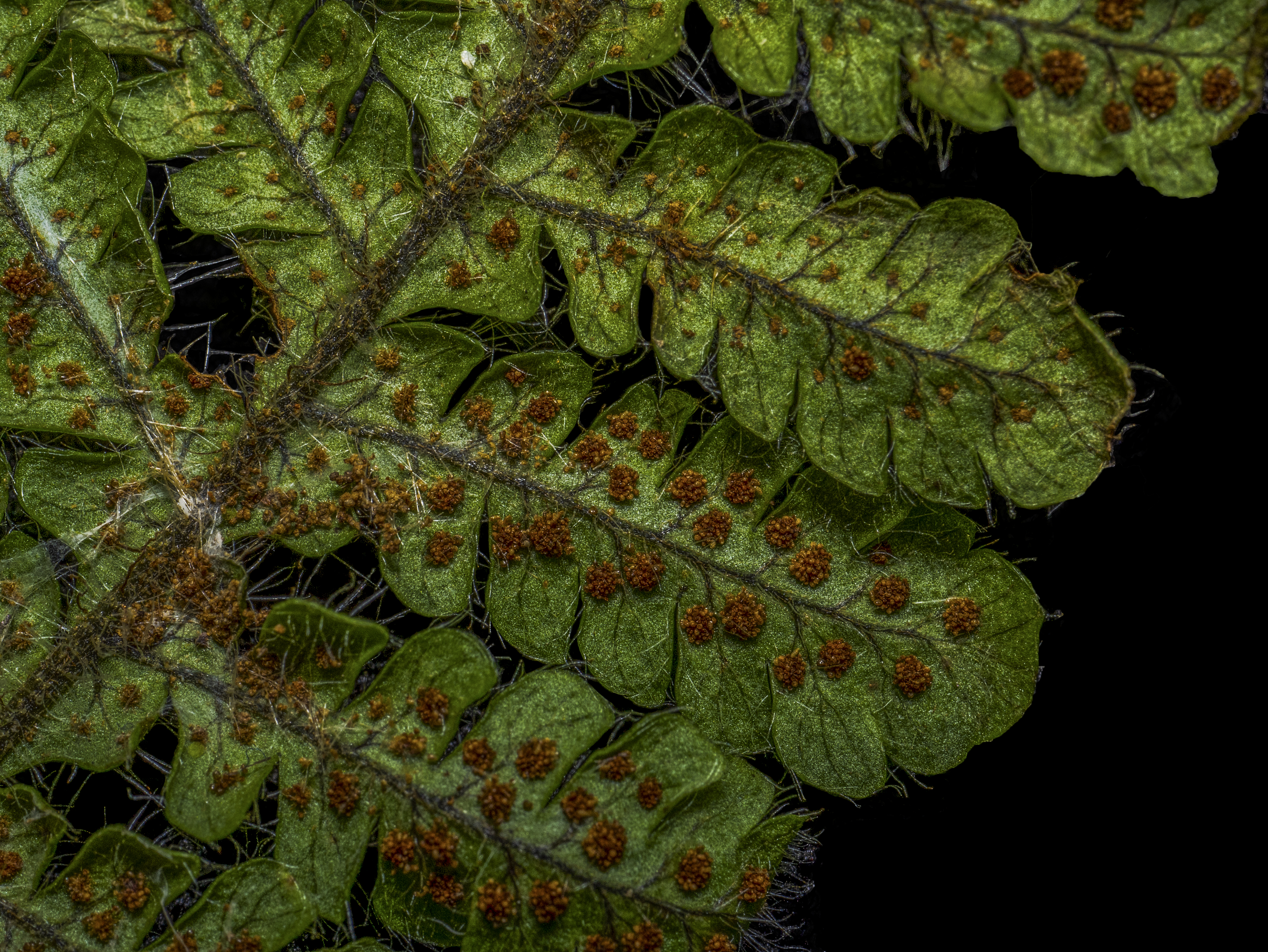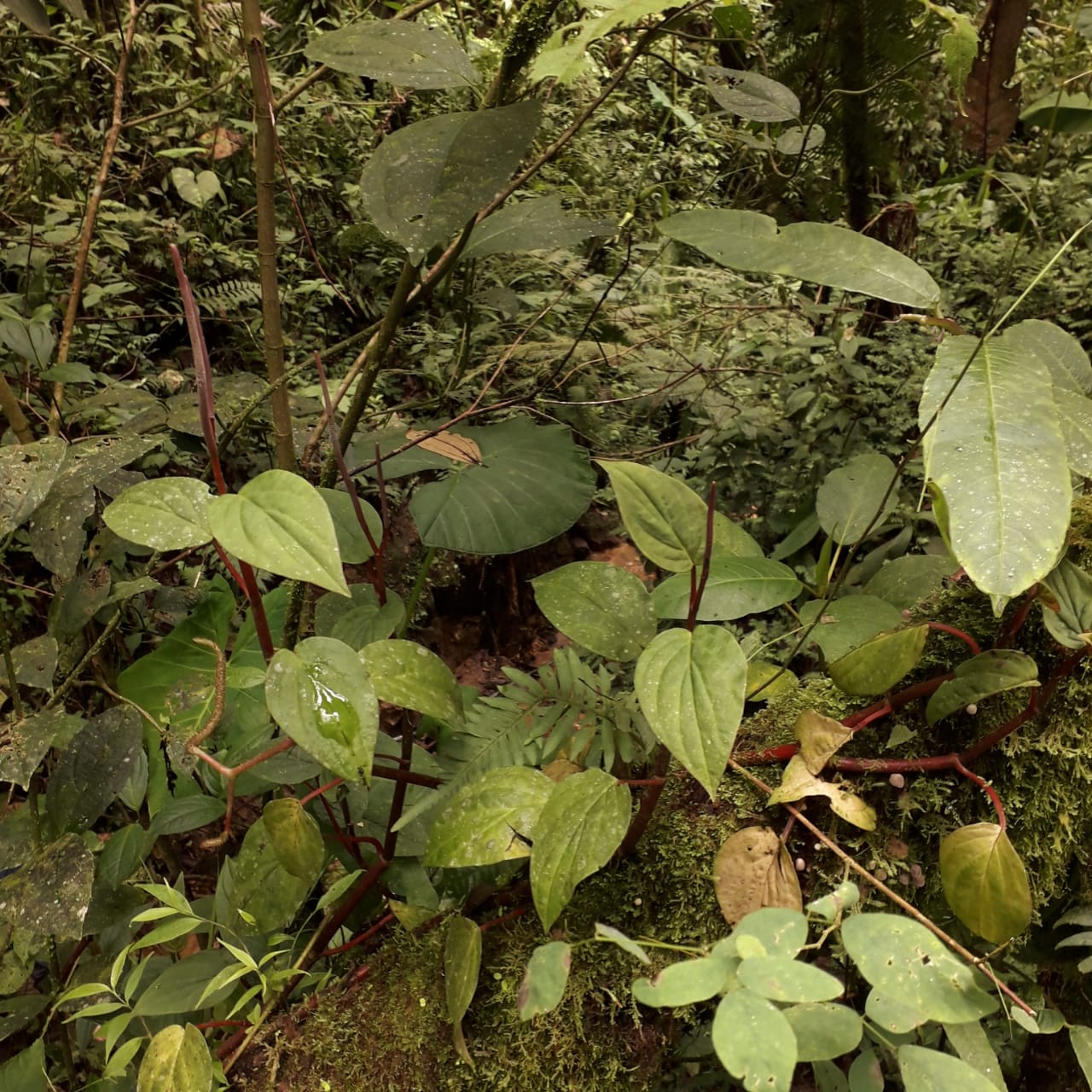

Megalastrum (Dryopteridaceae) is one of the most diverse fern genera in tropical forests, especially in tropical America, where 88 of 91 known species occur. This genus is characterized by the coarse, multiseptate, antrorsely strigose hairs on the adaxial axes, as well as the basal veins of the distal pinnules, which arise from the costa rather than from the costule. To date, no phylogenetic or infrageneric classification of Megalastrum has been established, and its morphology remains poorly understood. Therefore, many species within this genus are not well defined, and several morphological complexes require detailed taxonomic study. If you want to talk about the genus, don't hesitate to send me an email.


An algorithm based on iterated linear regressions for estimating missing data is proposed. The performance of the proposed algorithm is compared with the performance of some algorithms for data imputation incorporated in the R program, and with the performance of the mean and median algorithms. Synthetic data and some databases in R program are considered.
Colombia is the second country with the highest richness of plants in the world. One of the hotspot of biodiversity in the country are the Andes. Through a series of expeditions, we have found some undescribed species, which we have taken the courage to describe.

Monteleon forest is the only ecosystem of the Andean Forest that Manizales has in its urban area, and since 1970 it has been exposed to an evident fragmentation of the landscape and loss of habitat due to urban expansion, lack of public intervention, pollution, the exploitation of resources and the ignorance of its biological richness. It is intended to determine the richness, diversity, composition and structure of the vascular flora of Monteleon forest through a field phase where will carry out the collection of vascular plants, a herbarium phase where taxonomic identification will be carried out and a data analysis phase where diversity will be evaluated. Monteleon is a forest with historical importance for the city of Manizales and with representative characteristics of the biodiversity of the tropics, therefore, this project intends to present a floristic inventory and provide relevant information that evidences the state of this relict and finally motivates future conservation actions in the area.
Copyright © 2021-2024 Design by David Gutiérrez-Duque | Source Code and Bug Reports